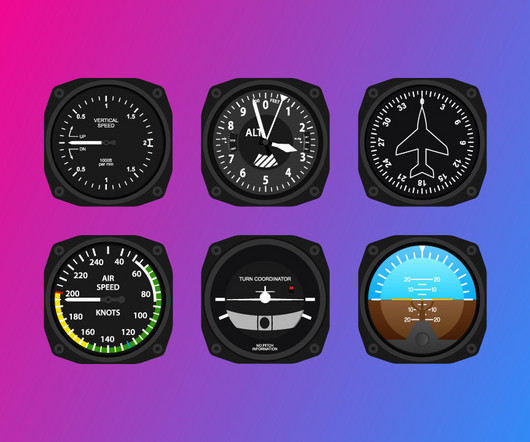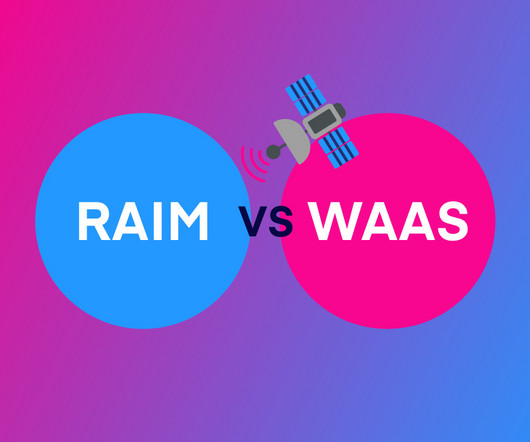The Essential Guide to Runway Markings
Pilot Institute
JUNE 19, 2025
As a pilot, understanding every airport marking that you may encounter is vital to the safe operation of your aircraft. Centerlines, aiming points, and touchdown zones help pilots land accurately. Airport markings are a system of symbols, lines, and colors found on runways, taxiways, aprons, and other areas of an airport.











Let's personalize your content